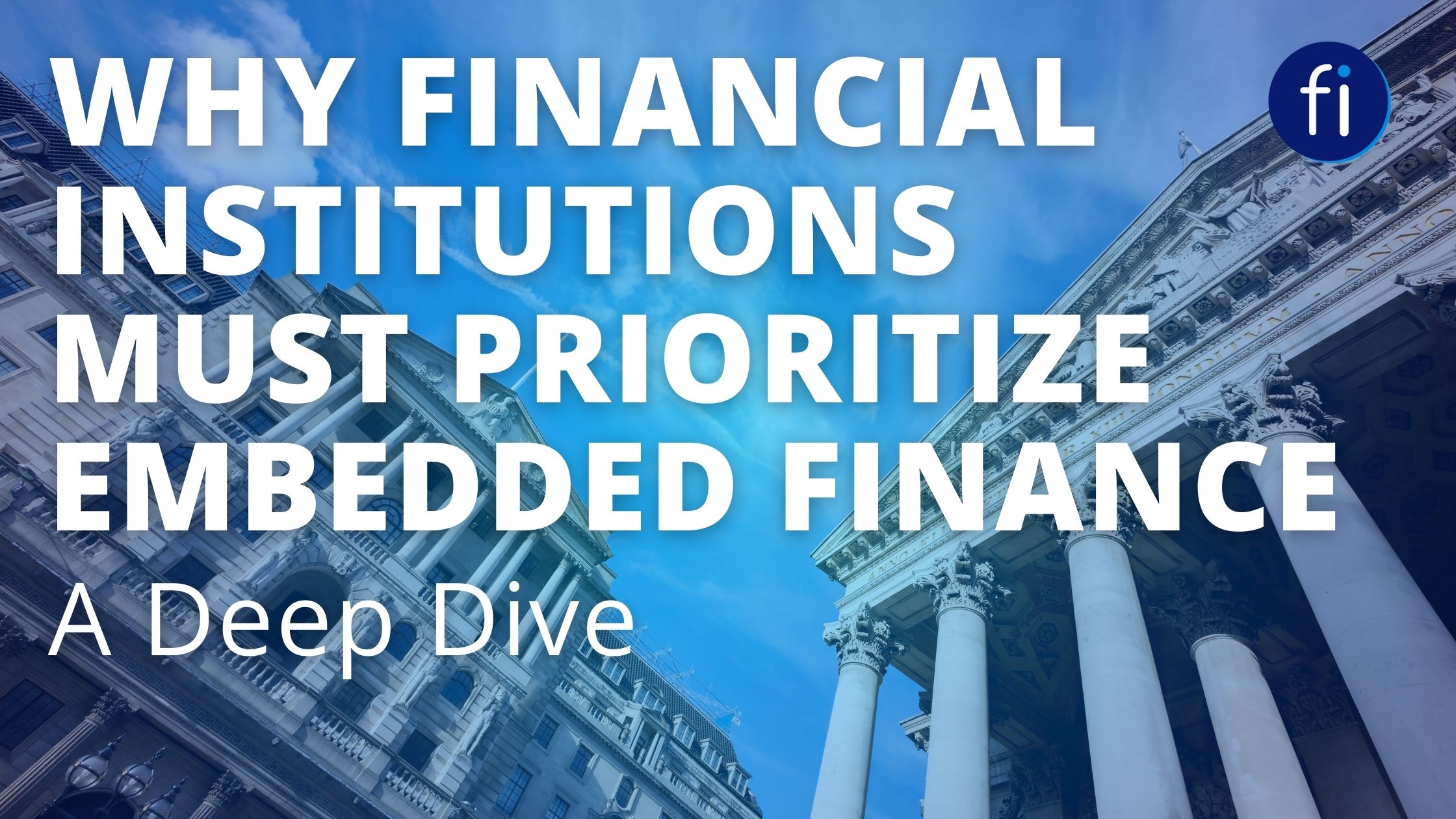Finotta
Nov 14
5 min read

